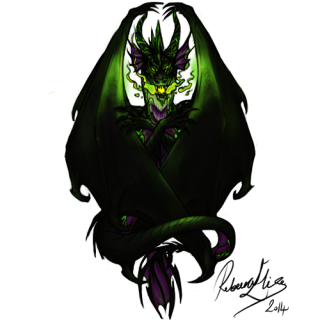Angela Carter: The Bloody Chamber
“She herself is a haunted house. She does not possess herself; her ancestors sometimes come and peer out of the windows of her eyes and that is very frightening.”
“Her beauty is a symptom of her disorder, of her soullessness.”
–The lady of the house of love
“When I saw him look at me with lust, I dropped my eyes but, in glancing away from him, I caught sight of myself in the mirror. And I saw myself, suddenly, as he saw me, my pale face, the way the muscles in my neck stuck out like thin wire. I saw how much that cruel necklace became me. And, for the first time in my innocent and confined life, I sensed in myself a potentiality for corruption that took my breath away.”
–The Bloody Chamber
“There is a vast melancholy in the canticles of the wolves, melancholy infinite as the forest, endless as these long nights of winter and yet that ghastly sadness, that mourning for their own, irremediable appetites, can never move the heart for not one phrase in it hints at the possibility of redemption.”
–The Company of Wolves
” nothing about her is human except that she is not a wolf”
“Like the wild beasts she lives without a future.”
–Wolf Alice
Angela Carter’s series of short stories The Bloody Chamber are incredibly unsettling and powerful, subverted and twisted re-imaginings of classic fairy tales and legends that delved into the perversions of humanity and the conflicted ideals of sexuality, gender love and identity. In particular I was interested in the stories; The Bloody Chamber, about a diabolical Marquis who finds pleasure in feminine beauty and sexual innocence before destroying these and then physically killing it; Wolf Alice, in which a young girl thinks shes a wolf and can’t comprehend her own image in the mirror and her guardian is a twisted man who has become a monster after attempting to uphold his masculine identity; and The Tiger’s Bride, subverting the story of Beauty and the Beast into the tale of a daughter disillusioned with her father’s betrayal of her in gambling her away for other possessions, and she learns not to fear but embrace the Tiger’s true bestial nature as she becomes a beast herself.
Carter weaves her narratives and concepts deceptively in the guise of these fairy tales and exposes the destructive act of reading identities and genders as romanticised or idealised and enforcing these as goals of a hegemonic norm which are ultimately unattainable and damaging. Whilst her stories cover many themes, its evident that gender and sexuality are prominent throughout and how characters are forced to shape them into something that cannot ever fit and the consequences of this.














